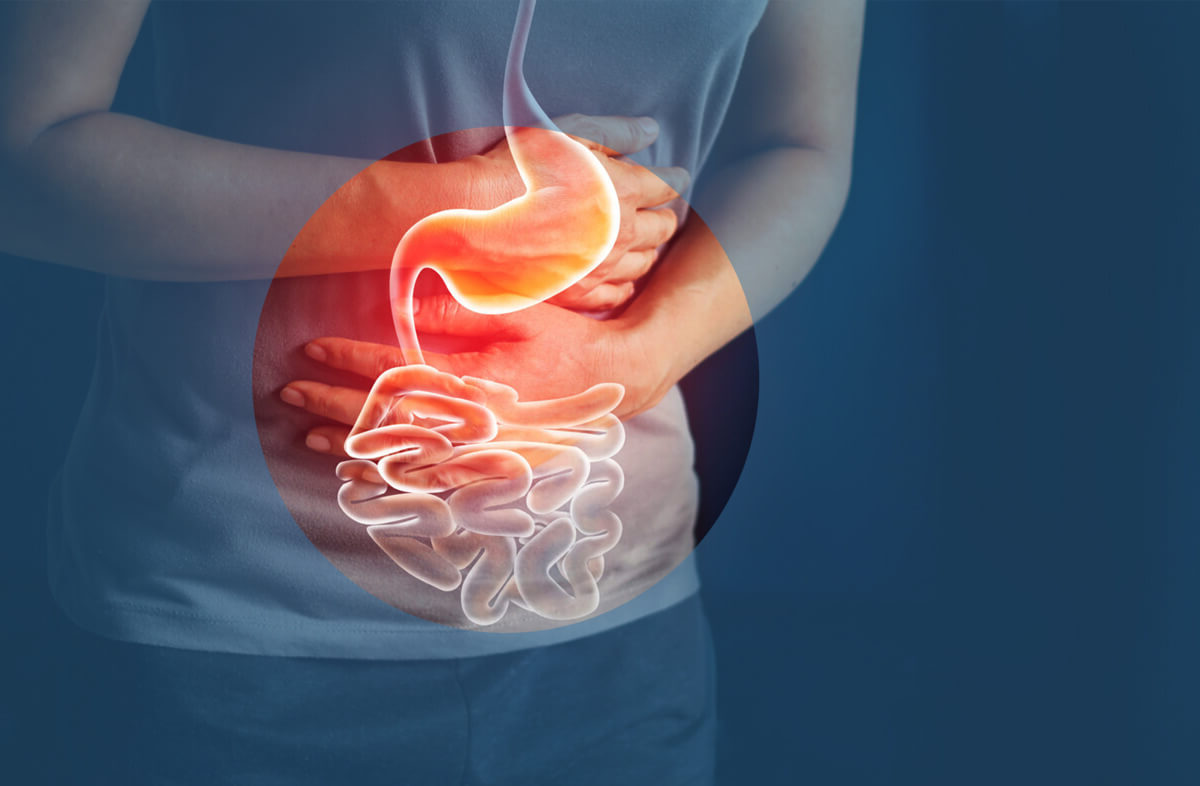
Yersinia pestis, the bacterium responsible for the plague, has a notorious history. This microscopic menace caused the Black Death, which wiped out nearly a third of Europe's population in the 14th century. But what exactly is Yersinia pestis, and how does it wreak such havoc? Yersinia pestis infection spreads primarily through fleas that infest rodents. Once inside a human host, it can cause bubonic, septicemic, or pneumonic plague, each with its own terrifying symptoms. Despite its ancient origins, Yersinia pestis remains a threat today, with occasional outbreaks still occurring. Understanding this pathogen's biology, transmission, and impact is crucial for preventing future epidemics. Let's delve into 25 intriguing facts about Yersinia pestis infection that highlight its significance in history and modern science.
Key Takeaways:
- Yersinia Pestis, the bacterium behind the deadly plague, has a notorious history and can be transmitted through flea bites, direct contact with infected animals, and respiratory droplets.
- Early recognition and treatment with antibiotics are crucial for combating Yersinia Pestis infections, while preventive measures such as reducing rodent populations and using insect repellent can help prevent outbreaks.
What is Yersinia Pestis?
Yersinia pestis is a bacterium responsible for causing plague, a deadly infectious disease. This microorganism has a notorious history, having caused several pandemics throughout human history. Here are some intriguing facts about Yersinia pestis and its infections.
-
Yersinia pestis is a Gram-negative bacterium, meaning it has a specific cell wall structure that can be identified using a Gram stain test.
-
This bacterium is rod-shaped and measures about 1 to 3 micrometers in length.
-
Yersinia pestis was discovered in 1894 by Alexandre Yersin, a Swiss-French bacteriologist.
Historical Impact of Yersinia Pestis
The bacterium has had a significant impact on human history, particularly during pandemics. These events have shaped societies and influenced medical advancements.
-
The most infamous pandemic caused by Yersinia pestis is the Black Death, which occurred in the 14th century and killed an estimated 25 million people in Europe.
-
The bacterium also caused the Justinian Plague in the 6th century, which decimated the Byzantine Empire's population.
-
The Third Pandemic began in the mid-19th century in China and spread globally, resulting in millions of deaths.
Transmission of Yersinia Pestis
Understanding how Yersinia pestis spreads is crucial for preventing outbreaks. The bacterium has several modes of transmission.
-
Flea bites are the primary method of transmission, as fleas become infected after feeding on infected rodents.
-
Direct contact with contaminated tissues or fluids from infected animals can also transmit the bacterium.
-
Inhalation of respiratory droplets from a person or animal with pneumonic plague can lead to infection.
Types of Plague Caused by Yersinia Pestis
Yersinia pestis can cause different forms of plague, each with unique symptoms and transmission methods.
-
Bubonic plague is the most common form, characterized by swollen lymph nodes called buboes.
-
Septicemic plague occurs when the infection spreads to the bloodstream, causing severe sepsis.
-
Pneumonic plague is the most dangerous form, affecting the lungs and spreading through respiratory droplets.
Symptoms of Yersinia Pestis Infection
Recognizing the symptoms of plague is vital for early diagnosis and treatment. Symptoms vary depending on the type of plague.
-
Bubonic plague symptoms include fever, chills, headache, and swollen, painful lymph nodes.
-
Septicemic plague symptoms include fever, chills, extreme weakness, abdominal pain, shock, and bleeding into the skin and other organs.
-
Pneumonic plague symptoms include fever, headache, weakness, and rapidly developing pneumonia with shortness of breath, chest pain, and cough.
Treatment and Prevention of Yersinia Pestis Infection
Effective treatment and preventive measures can significantly reduce the mortality rate of plague infections.
-
Antibiotics such as streptomycin, gentamicin, doxycycline, and ciprofloxacin are effective against Yersinia pestis.
-
Early treatment is crucial, as the mortality rate for untreated bubonic plague can be as high as 60%.
-
Preventive measures include reducing rodent populations, using insect repellent to prevent flea bites, and wearing gloves when handling potentially infected animals.
Modern Research and Yersinia Pestis
Ongoing research aims to better understand Yersinia pestis and develop improved treatments and preventive measures.
-
Scientists are studying the genetic makeup of Yersinia pestis to understand its virulence and resistance mechanisms.
-
Research is being conducted to develop more effective vaccines against plague.
-
Studies are exploring the role of climate change in the spread of Yersinia pestis, as warmer temperatures can affect rodent and flea populations.
Interesting Facts about Yersinia Pestis
Here are some lesser-known but fascinating facts about this deadly bacterium.
-
Yersinia pestis can survive in soil for extended periods, potentially leading to new outbreaks.
-
The bacterium has a unique ability to form biofilms in the gut of fleas, which helps it spread more effectively.
-
Some strains of Yersinia pestis have developed resistance to multiple antibiotics, posing a challenge for treatment.
-
Despite its deadly nature, Yersinia pestis has been used in scientific research to study bacterial pathogenesis and immune responses.
Final Thoughts on Yersinia Pestis
Yersinia pestis, the bacterium behind the Black Death, has shaped human history in profound ways. This tiny organism caused pandemics that wiped out large portions of populations, altering the course of societies. Understanding its impact helps us appreciate advances in modern medicine and public health. Today, while outbreaks are rare, vigilance remains crucial. Antibiotics and improved hygiene have reduced its threat, but the lessons from past pandemics remind us of the importance of preparedness. By studying Yersinia pestis, we gain insights into disease transmission, epidemiology, and the resilience of human societies. This knowledge not only honors those who suffered but also equips us to face future challenges. Stay informed, stay prepared, and remember the power of science in combating even the most formidable foes.
Frequently Asked Questions
Was this page helpful?
Our commitment to delivering trustworthy and engaging content is at the heart of what we do. Each fact on our site is contributed by real users like you, bringing a wealth of diverse insights and information. To ensure the highest standards of accuracy and reliability, our dedicated editors meticulously review each submission. This process guarantees that the facts we share are not only fascinating but also credible. Trust in our commitment to quality and authenticity as you explore and learn with us.


